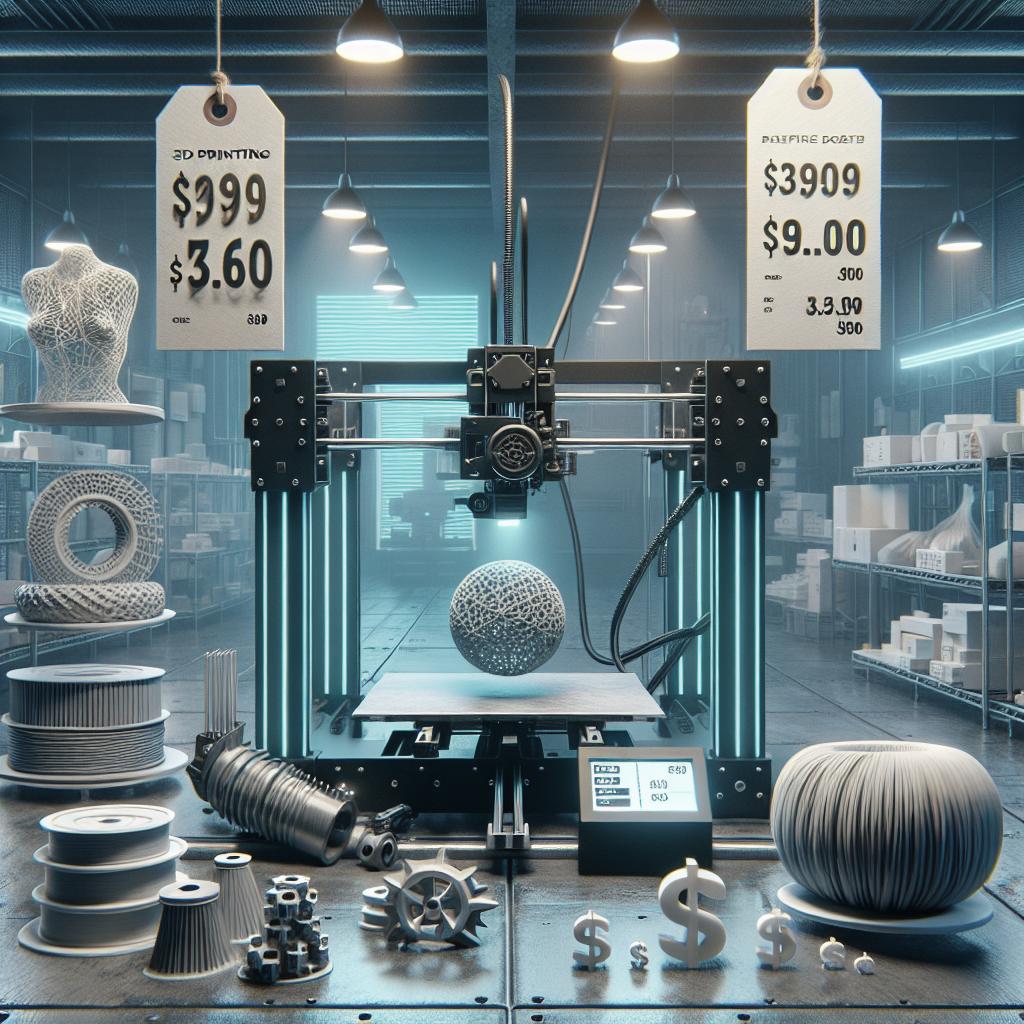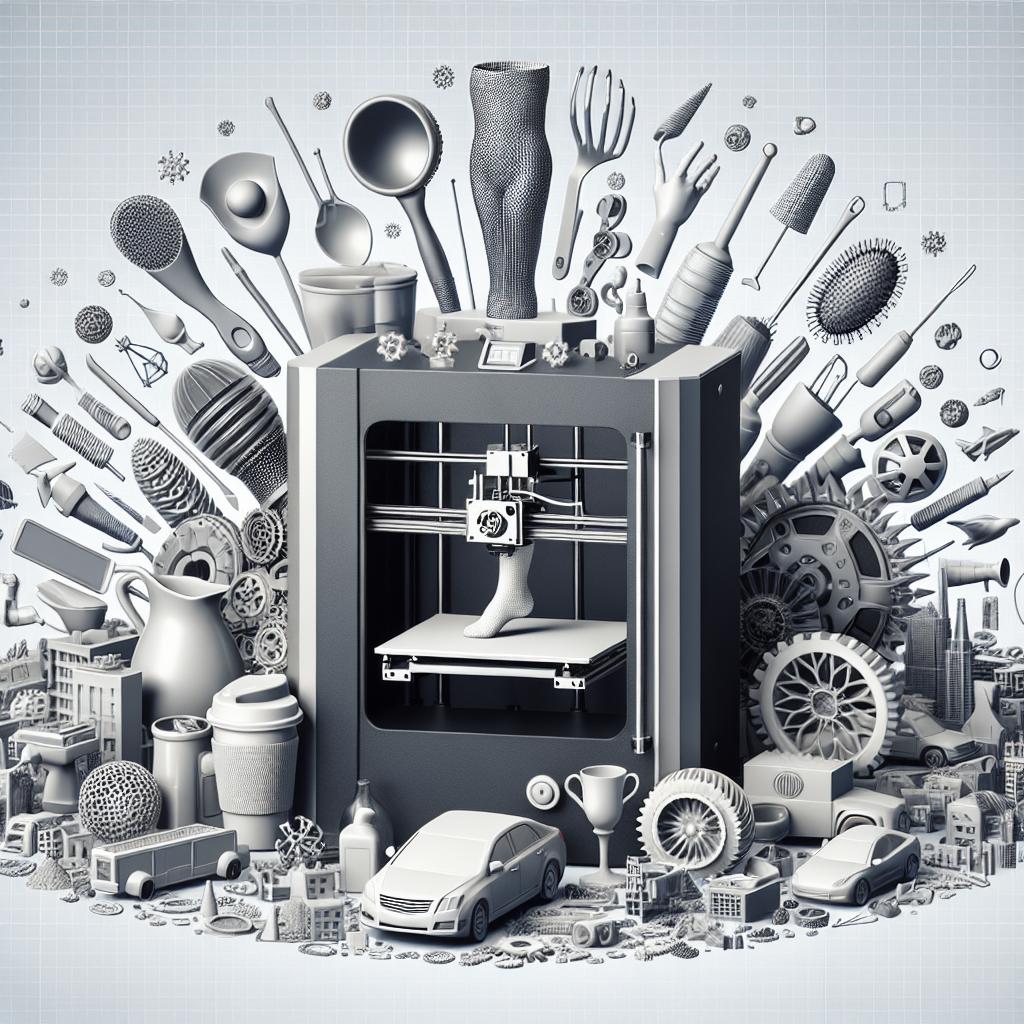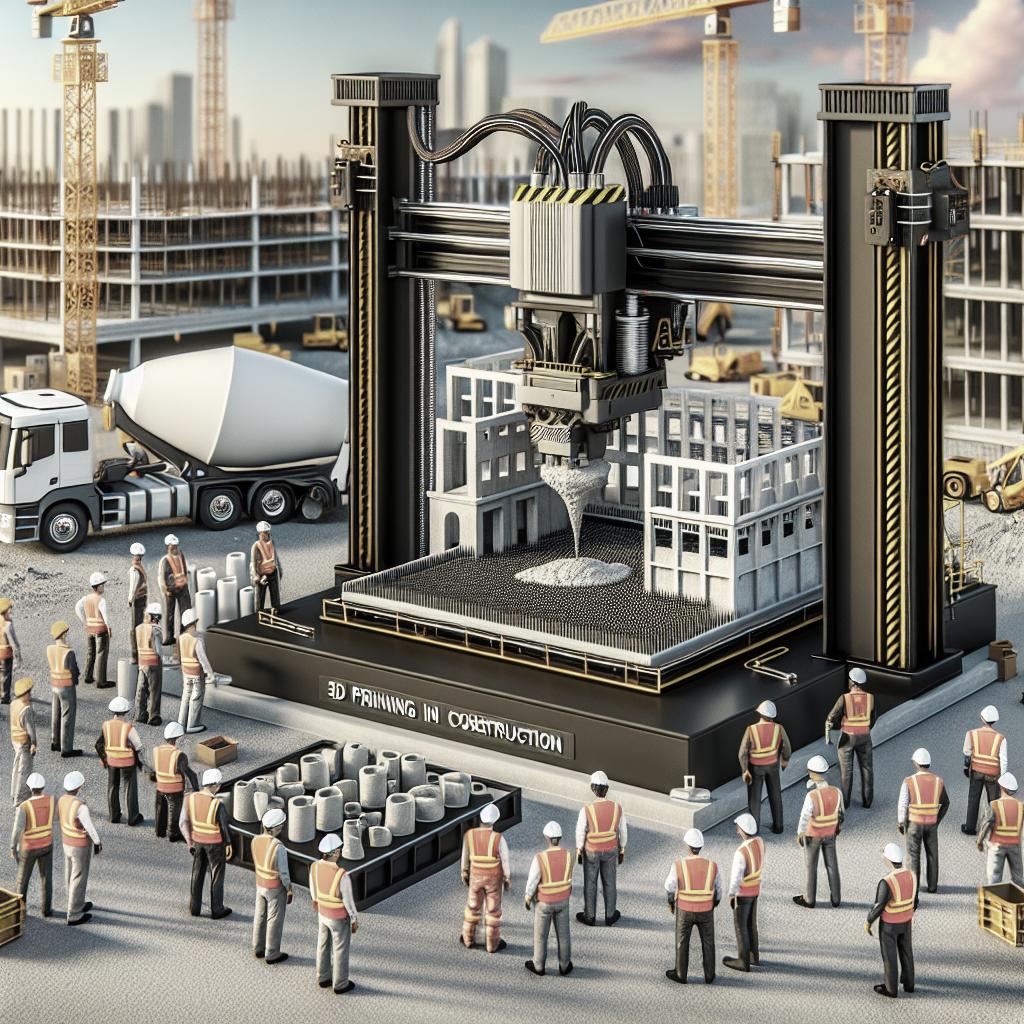< lang="en">
Table Of Contents
- Factors that affect the price of 3D printing
- Cost of buying and running a 3D printer
- 3D Model
- Type of material
- Post-processing
- Profit margin
- Want to find out how much your 3D model will cost?
- 3D printing service price comparison
- Why are 3D printing services expensive?
- Summary of Main Points
The advent of 3D printing technology has revolutionized manufacturing processes and personal projects alike. However, there’s a common perception that 3D printing is an expensive venture. This article aims to break down various factors determining the cost of 3D printing, including the price of 3D printers, materials, models, and post-processing. We’ll also explore the reasons why 3D printing services can seem pricey and provide a price comparison of different service providers. By the end, you’ll have a comprehensive understanding of the costs involved in 3D printing and be able to make an informed decision on whether it’s worth the investment for you.
Factors that affect the price of 3D printing
Cost of buying and running a 3D printer
One of the key factors influencing the cost of 3D printing is the initial expense of purchasing the printer itself. Prices can vary widely from a few hundred dollars for entry-level models to several thousand for more advanced or professional-grade machines. For hobbyists and casual users, budget-friendly options such as the Creality Ender 3 offer a good introduction to the world of 3D printing without breaking the bank. In contrast, industrial printers, which boast higher precision, larger build volumes, and advanced features, come with a hefty price tag.
Running a 3D printer also entails ongoing costs, such as the electricity consumption, which varies depending on the printer’s power requirements and the duration of the printing process. Maintenance is another consideration, including replacing worn-out parts, performing periodic calibration, and potentially acquiring software updates. Investing in quality components from the start can help minimize long-term upkeep expenses, but it’s a continual process that adds to the overall expense of 3D printing.
3D Model
The complexity and size of the 3D model being printed is another significant cost determinant. Detailed and intricate designs require more precision and time, increasing the printer’s operational duration and consequently the electricity and maintenance costs. The level of detail also affects material usage, with more complex models often requiring additional support structures during the printing process, which have to be removed post-printing.
Moreover, creating a 3D model incurs design costs, especially if you’re commissioning a designer to create a custom model. This can range from inexpensive DIY software options for simple designs to professional design services that can be quite costly. For those looking to save, many free designs are available online, though they may not meet specific customization needs.
Type of material
The type of material used in 3D printing has a substantial impact on cost. Common materials include PLA (Polylactic Acid), ABS (Acrylonitrile Butadiene Styrene), and PETG (Polyethylene Terephthalate Glycol), which are generally affordable and suitable for various applications. However, more specialized materials like TPU (Thermoplastic Polyurethane) for flexible prints, Nylon for durability, or even metal and resin, can significantly elevate costs.
Material costs not only depend on the raw price but also on the efficiency of their use. Efficient material utilization reduces waste, lowering the overall cost. Optimizing print settings and selecting appropriate materials for the specific application can help in keeping material costs in check.
Post-processing
Post-processing is a crucial step in 3D printing that often incurs additional costs. This phase includes tasks like removing supports, sanding, painting, or applying coatings to achieve the desired finish. The level of post-processing required depends on the end-use of the 3D printed object. For instance, prototypes or functional parts may need less finishing than products intended for display or consumer use.
The time and labor involved in post-processing can add up, especially for high-detail models that require meticulous finishing work. In some cases, additional equipment like UV curing stations for resin prints or sandblasters may be necessary, contributing further to the overall expenses. Investing in these tools and the time spent on post-processing should be factored into the total cost calculation of a 3D printing project.
Profit margin
For commercial endeavors, understanding the profit margin associated with 3D printing services is essential. Service providers often factor in not just the time and material costs but also the operational expenses and desired profit margins when setting their prices. This means that the final cost to the customer is higher to ensure the sustainability and growth of the 3D printing business.
Additionally, the level of demand and the uniqueness of the 3D printing service can influence pricing. Specialized services that offer high-quality, custom solutions can charge premium rates. For operators, maintaining a balance between competitive pricing and profitability while delivering quality results to clients is critical in the 3D printing industry.
Want to find out how much your 3D model will cost?
If you’re curious about the cost of printing your 3D model, several online tools and services can provide instant quotes. Websites like Shapeways, Sculpteo, and 3D Hubs offer cost calculators where you can upload your 3D model file and select your preferred material and finish. These tools give a breakdown of the costs involved, helping you to budget and decide if 3D printing your model is financially viable.
These price estimators consider the volume of material used, the complexity of the design, and any necessary post-processing. By comparing quotes from different providers, you can find the best deal that meets your requirements. It’s a convenient way to gauge the potential expenses before committing to a 3D printing project.
3D printing service price comparison
When considering 3D printing services, it’s essential to compare prices across different providers. Major players like Shapeways, Sculpteo, and i.materialise each have unique pricing structures based on factors like material choice, model complexity, and turnaround time. Generally, servers offering broader material options and higher customization levels come at a premium compared to more standardized services.
For instance, Shapeways offers a diverse range of materials, including metals and specialty plastics, often coming at a higher cost due to added value in material quality and finishes. Sculpteo similarly provides a variety of materials and post-processing options, often at competitive prices. By contrast, 3D Hubs might offer more budget-friendly options for basic materials and prints.
Why are 3D printing services expensive?
3D printing services can be perceived as expensive due to several factors. The cost of high-end 3D printers and materials contribute significantly to the pricing. Service providers invest in advanced machines capable of high precision, which require regular maintenance and skilled operators. These operational costs are often passed onto the customer.
Moreover, the demand for custom solutions and rapid turnaround times can also elevate prices. Customization involves additional design work, which requires expertise and time. Quick delivery options require efficient logistics and prioritized printing slots, adding to the service’s premium cost. Ultimately, the price reflects the value of expertise, technology, and convenience provided by these 3D printing services.
Summary of Main Points
| Factor | Details |
|---|---|
| Cost of Buying and Running a 3D Printer | Initial cost varies widely from budget models to high-end machines; Running costs include electricity, maintenance, and part replacements. |
| 3D Model | Complexity and size of the model increase printing time and material usage; Custom designs incur additional costs. |
| Type of Material | Variety of materials from affordable to expensive; Specialized materials can significantly increase costs. |
| Post-processing | Includes tasks like sanding, painting, or applying coatings; Time and labor-intensive, especially for detailed models. |
| Profit Margin | Service providers set prices to cover operational expenses and achieve desired profit margins. |
| How Much Will It Cost | Online calculators available to estimate costs; Factors include material volume, design complexity, and post-processing requirements. |
| Service Price Comparison | Prices vary among providers like Shapeways, Sculpteo, and 3D Hubs; Consider material options, customizations, and turnaround times. |
| Why Expensive | High-end printers, specialized materials, custom design services, and quick delivery options contribute to higher prices. |


